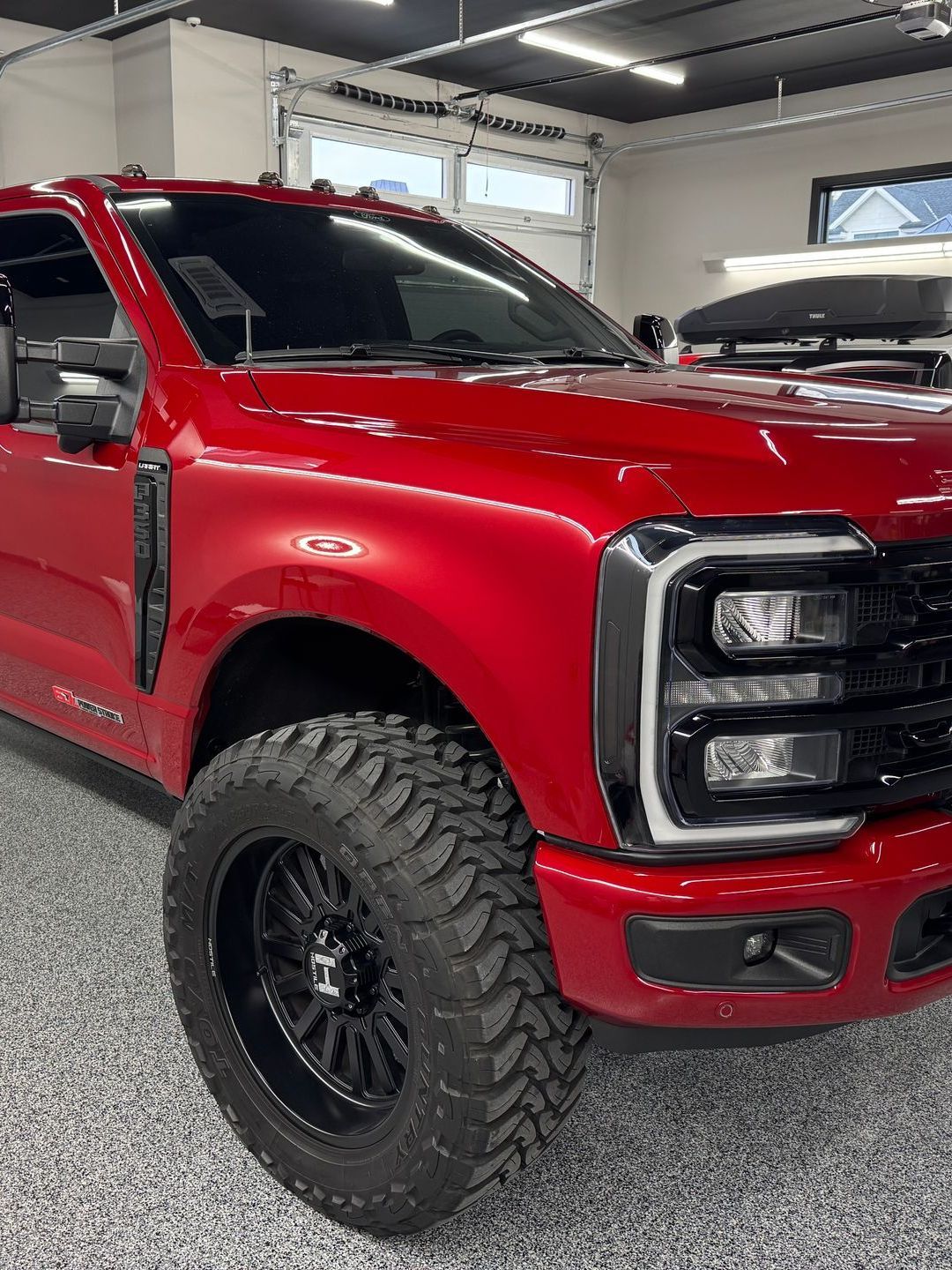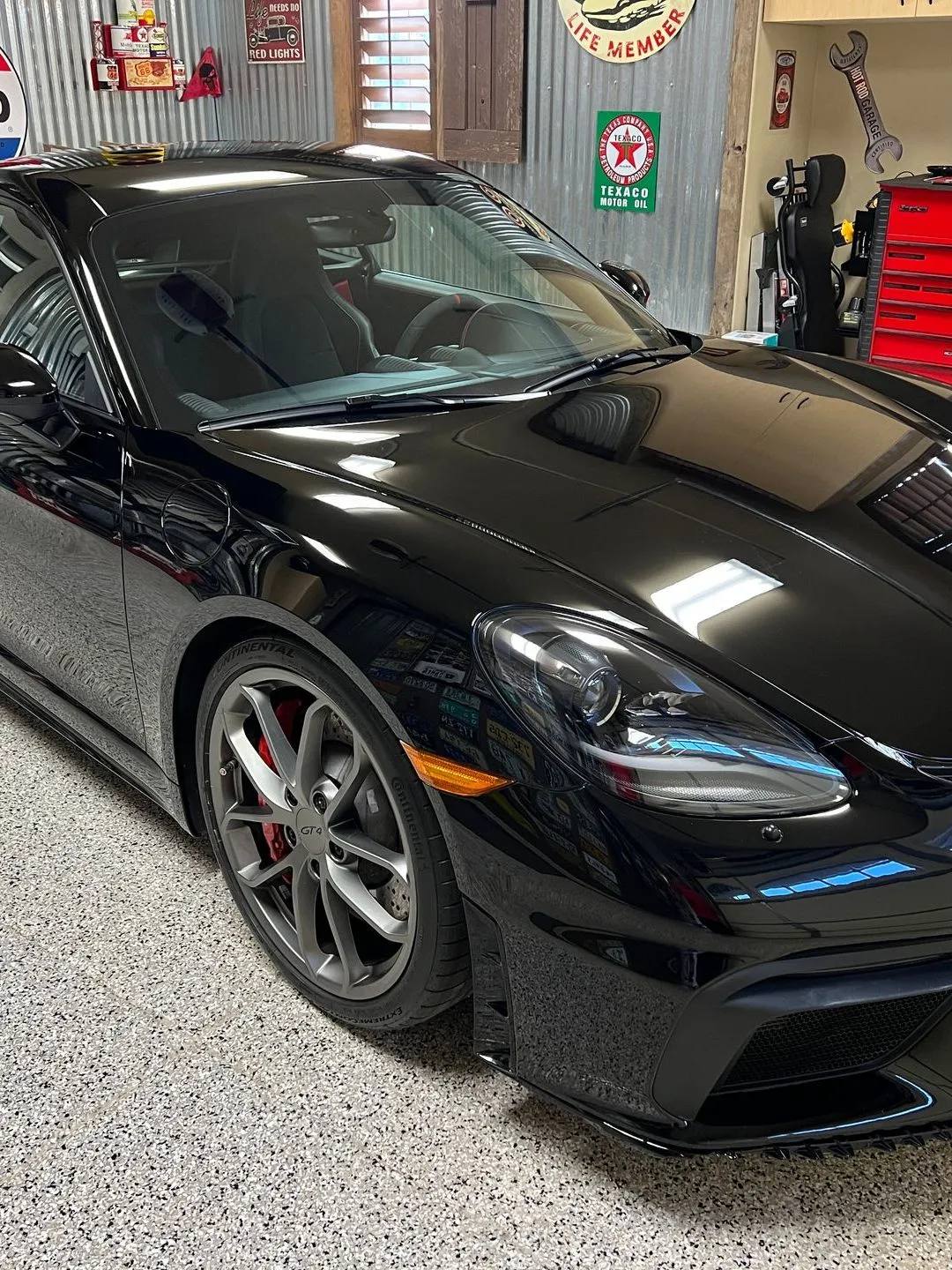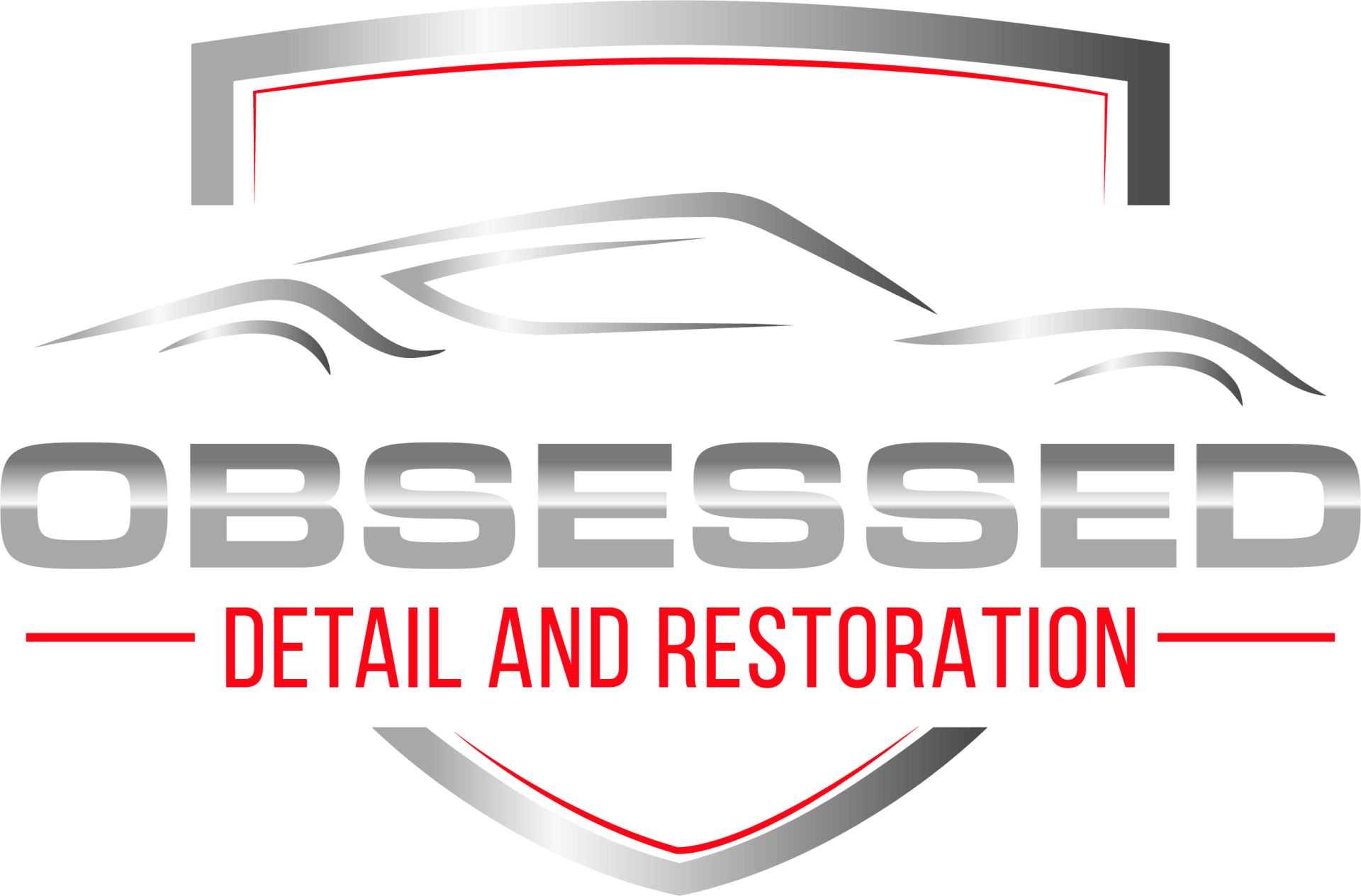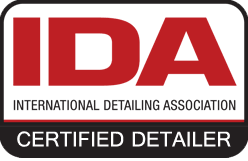Paint Correction Before Ceramic Coating: Why This Sequence Is Non-Negotiable
Here's something that might surprise you—applying ceramic coating over scratched or swirled paint is like putting expensive wallpaper over cracked drywall. You're just making permanent problems look slightly better. Paint correction before ceramic coating isn't just recommended—it's absolutely essential for results that actually last.
Too many people get excited about ceramic coating benefits and skip straight to application. We get it. You want that glossy, protected finish as soon as possible. But rushing this process will cost you more time and money in the long run than doing it right the first time.
The truth is, ceramic coating magnifies whatever's underneath. Those tiny swirl marks you barely notice? They'll become glaringly obvious once coated. That's why understanding proper ceramic coating preparation can save you from expensive do-overs.
Why Coating Over Imperfections Always Fails
Think about how ceramic coatings actually work. They're designed to bond with your clear coat at a molecular level, creating an incredibly strong protective layer. But here's the catch—they bond with whatever surface condition exists.
When you have scratches, swirl marks, or oxidation, the coating forms around these imperfections. Instead of a smooth, uniform surface, you end up with a bumpy, uneven coating that actually highlights every flaw. The ceramic coating adhesion becomes compromised because it can't form proper bonds across damaged areas.
Even worse, these trapped imperfections become nearly impossible to fix later. You'd have to remove the entire coating, perform correction, and start over. That's not just wasteful—it's expensive.
The science here is pretty straightforward. Ceramic coatings need consistent surface energy to bond properly. Scratches and defects create irregular surface tension that prevents uniform application. This leads to:
• Uneven coating thickness • Poor durability in damaged areas
• Visible imperfections that won't wash away • Reduced hydrophobic properties • Shorter overall coating lifespan

The Science Behind Proper Surface Preparation
Surface preparation goes way deeper than most people realize. Your paint might look clean to the naked eye, but microscopic contaminants, embedded dirt, and oxidation create barriers that prevent proper bonding.
The professional paint correction process starts with thorough decontamination. This removes iron particles, tar, and other bonded contaminants that regular washing can't touch. Think of it as creating a completely clean canvas.
Next comes the actual correction work. Using progressively finer abrasives, we remove scratches and level the clear coat surface. This isn't just about appearance—we're creating the optimal surface texture for coating adhesion.
The goal is to achieve what's called "coating-ready" paint. This means:
• Uniform surface texture across all panels • No scratches deeper than 1-2 microns • Consistent gloss measurements • Complete removal of oxidation • Perfect cleanliness at the molecular level
Without this preparation, even the best ceramic coating will underperform. It's like trying to build a house on a shaky foundation—the structure might look good initially, but it won't last.
Step-by-Step Correction Process Breakdown
Professional paint correction follows a systematic approach that DIY enthusiasts often miss. Each step builds on the previous one, creating the perfect foundation for coating application.
Step 1: Assessment and Documentation:
We start by evaluating paint condition under proper lighting. Different defect types require different approaches. Swirl marks need different treatment than deep scratches or oxidation.
Step 2: Thorough Decontamination:
Clay bar treatment removes bonded contaminants. Iron removers eliminate embedded particles. This step alone can take several hours on heavily contaminated vehicles.
Step 3: Compound Stage:
Heavy cutting compounds remove deeper scratches and level the surface. This is where most of the actual correction happens. Proper technique and pad selection are critical here.
Step 4: Polish Stage:
Finer polishes remove compound marks and refine the surface. This creates the smooth, uniform texture that the coating needs for proper adhesion.
Step 5: Final Preparation:
Panel wipe removes all polishing oils and residues. The surface must be completely clean—even fingerprints can affect coating performance.
Each stage requires specific products, techniques, and quality control checks. Rushing through any step compromises the entire process.
Long-Term Benefits of Proper Sequencing
When you follow proper paint correction before ceramic coating protocols, the results speak for themselves. We're talking about coating performance that actually matches manufacturer claims.
Properly prepared surfaces allow ceramic coatings to achieve their full potential. Water beading stays consistent for years instead of months. The coating maintains its hardness and scratch resistance because it's bonded to a perfect foundation.
You'll also notice maintenance becomes significantly easier. Contaminants don't stick to perfectly smooth, coated surfaces. Your weekly wash routine takes half the time, and your car stays cleaner longer between washes.
The financial benefits add up quickly, too. Proper preparation extends coating life from the typical 2-3 years to 5-7 years or more. That's real value that justifies the initial investment in quality work.
Professional vs. DIY: Understanding the Difference
Here's where we need to be honest about capabilities. Professional paint correction requires expensive equipment, years of experience, and controlled working conditions. Most DIY attempts create more problems than they solve.
Professional tools like dual-action polishers, paint thickness gauges, and proper lighting systems cost thousands of dollars. More importantly, knowing how to use them effectively takes extensive training and practice.
At Obsessed Detail and Restoration, we've invested in both equipment and education. Our certified technicians understand paint systems, product chemistry, and application techniques that ensure optimal results.
That doesn't mean DIY correction is impossible, but it requires realistic expectations and careful preparation. If you're considering the DIY route, start with less visible panels and practice extensively before tackling your entire vehicle.

When to Call the Professionals
Some situations definitely require professional intervention. If your paint has deep scratches, extensive oxidation, or previous poor correction work, professional expertise becomes essential.
We also recommend professional services for luxury vehicles, rare colors, or single-stage paints. These require specialized knowledge and techniques that most enthusiasts don't possess.
The consultation process helps determine whether DIY or professional correction makes sense for your specific situation. We're always happy to assess your vehicle and provide honest recommendations.
Ready to ensure your ceramic coating investment delivers maximum protection and longevity? Our paint correction services create the perfect foundation for lasting results. Contact us to discuss how proper preparation can transform your vehicle's appearance and protection.
Frequently Asked Questions
Why can't I just apply ceramic coating over existing scratches and swirls?
Paint correction before ceramic coating is essential because coatings bond with whatever surface condition exists. Applying a coating over scratches permanently locks them in place and actually makes them more visible. The ceramic coating adhesion becomes compromised, leading to uneven coverage, poor durability, and results that don't meet expectations. Proper correction creates the smooth, uniform surface needed for optimal coating performance.
How long does the paint correction process take before coating?
The paint correction process typically takes 1-3 days, depending on paint condition and vehicle size. Surface preparation can't be rushed—each step from decontamination through final polishing requires proper dwell time and quality control checks. Professional correction ensures every panel meets coating-ready standards, which is impossible to achieve in a few hours.
Can I do paint correction myself before ceramic coating application?
While DIY paint correction before ceramic coating is possible, it requires significant investment in tools, products, and practice. Professional paint correction uses specialized equipment like dual-action polishers, paint thickness gauges, and controlled lighting systems. Without proper technique and experience, DIY attempts often create more problems than they solve, especially on valuable or complex paint systems.
What happens if I skip paint correction before coating?
Skipping proper ceramic coating preparation results in poor bonding, uneven coverage, and highlighted imperfections. The coating will underperform in durability, hydrophobic properties, and overall appearance. Fixing these issues later requires complete coating removal, correction, and reapplication—costing significantly more than doing it right initially.
How do I know if my paint needs correction before coating?
Surface preparation requirements vary by paint condition. Look for swirl marks under direct sunlight, feel for roughness when running your hand over the paint, and check for visible scratches or oxidation. Even seemingly perfect paint usually benefits from correction because microscopic imperfections affect coating adhesion. A professional assessment can determine the exact correction level needed for optimal results.


